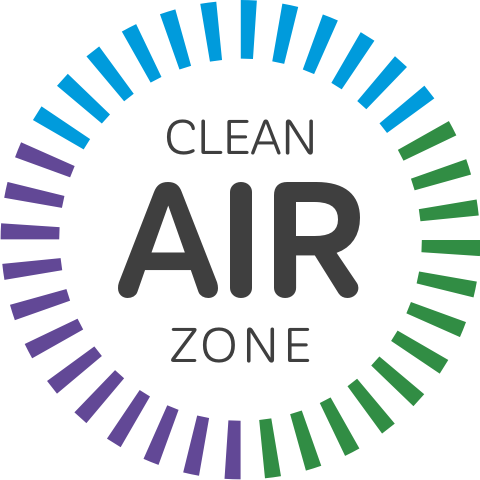As the world continues to progress utilizing modern technology and design methods, efficient and sustainable buildings are built, however, at the expense of safety and health. Recent data obtained by the U.S. Protection Agency (EPA) shows a staggering 90 percent of the population spend their time indoors. Now more than ever, keeping up with the standard for quality of air indoors is highly accounted for.
Those of the population who remain indoors are 2-5 times more likely to be exposed to higher concentrations of pollutants. This increase can be doubled down to two factors: energy efficient buildings lack adequate ventilation and personal hobbies such as smoking or even household cleaners can take a toll on air quality.

Some adverse effects pollutants can cause on human health can range from physical irritations of eyes, nose, and throat or extreme cases: respiratory disease, heart disease, and cancer.
The phenomenon, “sick building syndrome,” or “building related illnesses” is how building occupants experience similar symptoms entering the building but disappears when they leave. These symptoms can attribute to the quality of air indoors.
Following the 2020-21 pandemic, the stress to remain indoors was higher during April 2020, compared to summer 2021. Social distancing and masks mandates are lifting in various states; however, COVID-19 and other airborne illnesses linger through particles residing in enclosed spaces.

So, how are building/facility managers preventing further pollutants from entering buildings? A recent survey conducted by Facility Executive for ABM, 77% of respondents were reported to plan or continue to utilize HVAC solutions to combat COVID-19 and other air related pollutants. HVAC solutions can provide fresh air circulation and improve air quality indoors. While in addition, improving people’s health, productivity, satisfaction.
Not only should facility managers maintain the quality of air, but also the public as well. By avoiding aerosols, pesticides or even products with fumes can further prevent occupants’ irritations or sickness when remaining indoors. “Green” or sustainable products, such as CleanAirZone (CAZ). Its system is not only environmentally friendly but protects against the spread of airborne illnesses by 99.9% – the most compelling and accurate air filtration system on the market to date.

